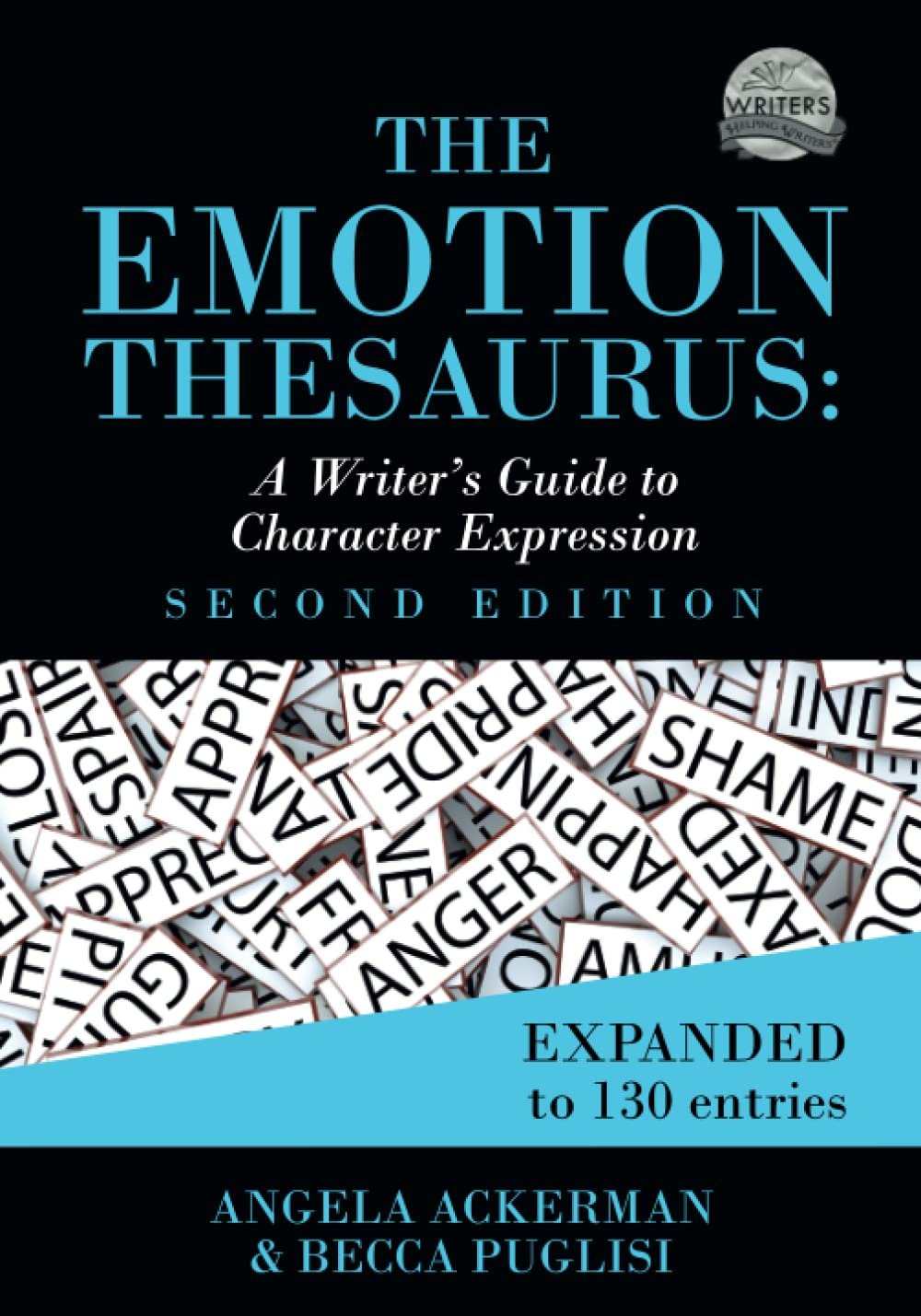
16 Aug Unlocking the Depths of Emotion: A Review of The Emotion Thesaurus for Every Writer
Review of The Emotion Thesaurus: A Writer’s Guide to Character Expression (Second Edition)
As a writer, I’ve often felt the frustration of not being able to capture the nuances of emotion that live within my characters. It’s like trying to paint a sunset with a box of crayons; the colors are there, but the depth is missing. That’s why The Emotion Thesaurus by Angela Ackerman and Becca Puglisi immediately caught my eye. Dubbed the "gold standard for writers," this second edition expands upon its predecessor and provides a treasure trove of insights into the often-overlooked realm of emotional expression.
From the get-go, the book captivated me with its straightforward approach. The organization is simple yet effective, showcasing 130 emotions each detailed with body language cues, internal sensations, and common reactions. As I flipped through the pages, I found myself nodding along, overtly aware of how often I had relied on the same cliché expressions—smiling, nodding, and frowning—to convey feelings. With this thesaurus, the possibilities exploded. Each entry became a playground for my imagination, offering a plethora of unique ways to express emotions that were fresh and specific to my characters.
One standout feature in this edition is the inclusion of 55 new entries, which truly adds depth. For example, emotions like “disappointment” and “panic”—which I had struggled to articulate—are now beautifully encapsulated. The visceral details of what a character might feel internally when facing such emotions opened my eyes to how carefully I needed to craft my scenes. It’s as though the authors sat down with me over coffee, guiding me through my character’s emotional landscape with practical wisdom.
I also appreciated the added writer’s tips woven throughout. One of my personal favorites advised writers to dig deeper into their characters by considering their shame and backstory when portraying panic. This kind of reflective instruction not only encourages a richer narrative but challenges us to think outside the box when developing complex characters.
Ackerman and Puglisi’s work has resonated deeply with a wide variety of writers, as seen in the glowing testimonials from others who have utilized the thesaurus in different ways—whether for crafting their fiction or navigating their emotional landscape in therapy. One reviewer shared how the thesaurus helped them label their feelings in personal therapy, making for a beautiful reminder that literature can be a powerful tool for emotional exploration.
In conclusion, I can’t recommend The Emotion Thesaurus, Second Edition, enough. Whether you’re a seasoned writer looking to elevate your craft or a novice seeking to understand the art of character expression, this book should be a staple on your shelf. Its insightful approach to emotion will not only help you write more compelling characters but also remind you of the profound ways stories mirror real-life experiences. For me, it was a gentle nudge towards character nuance I didn’t realize I was missing, and I walked away inspired to create with a new emotional awareness. Grab a copy—your characters (and readers) will thank you!









